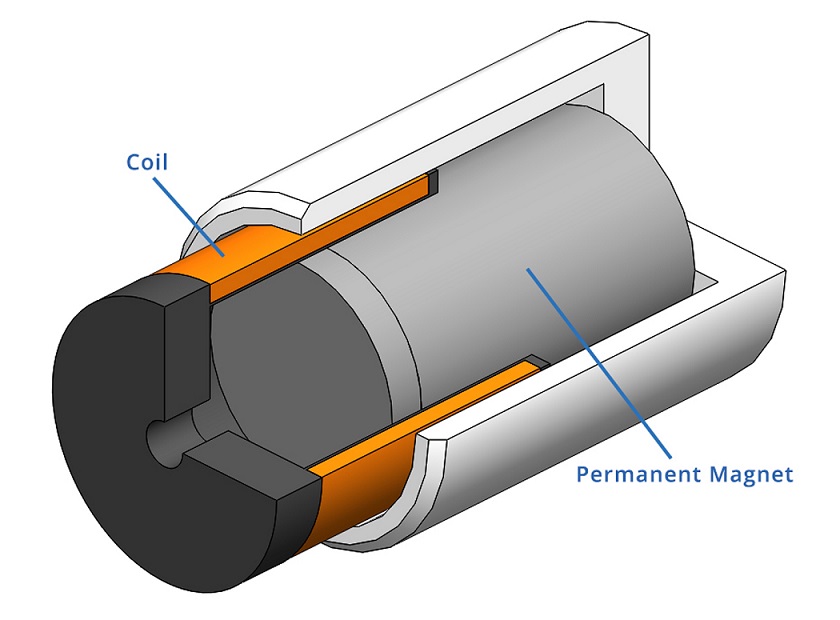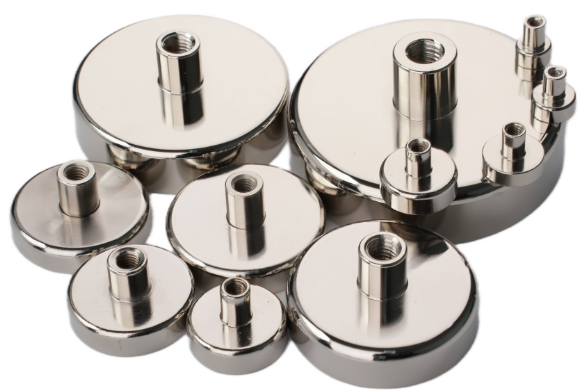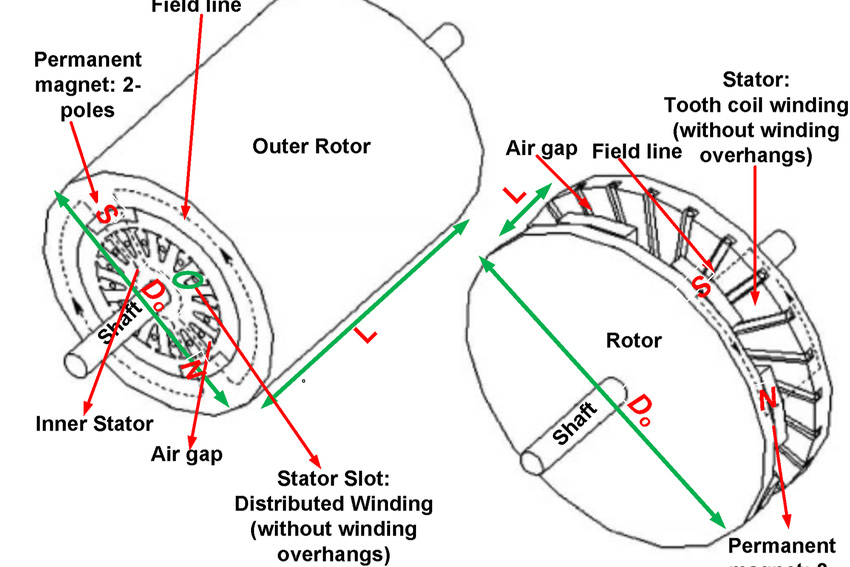Magnets in the Voice Coil Motor (VCM)
What Is A Voice Coil Motor?
A voice coil motor (VCM) is a special form of direct-drive motor. Its working principle is that the energized coil (conductor) will generate force when placed in a magnetic field, and the magnitude of the force is proportional to the current applied to the coil. The motion form of the voice coil motor manufactured based on this principle can be a straight line or an arc. Magnets play an essential role in the voice coil motor (VCM). So in this article, let's take a look at the magnets in the voice coil motor (VCM).

Benefits and Applications
Voice coil motors (VCMs) offer high precision, fast response, and smooth, frictionless motion, making them ideal for applications requiring accurate linear or rotational control. Key benefits include their compact design, low hysteresis, and lack of commutation, which enhances reliability and reduces wear.
VCMs are widely used in hard disk drives, camera autofocus systems, medical devices, robotics, and automotive applications, where their ability to provide rapid, precise, and repeatable motion is critical. Their versatility and performance make them essential components in various high-tech industries.
Voice coil motor (VCM) has the advantages of high response, high speed, high acceleration, simple structure, small size, and convenient control. It is a core component in a hard disk drive (HDD).
HDD is the most commonly used device for storing information in computer systems. The HDD mainly includes a spindle motor and a magnetic head positioning device. The spindle motor has two functions: one is to drive the disk to provide sufficient air buoyancy to allow the head to fly on the surface of the disk; the second is to rotate the sector to be accessed to the side of the head so that the head can read and write the information recorded on the disk surface. The head positioning device includes VCM, arm actuator, and head assy itself. The function of the voice coil motor is head positioning, so it is also called a "head positioning motor".
What Magnets Are Used in the Voice Coil Motor (VCM)?
Voice coil motors are mainly used in small stroke, high speed, and high acceleration motion, suitable for use in small spaces. In addition to being used in HDDs, common applications include autofocus drive devices in mobile phone cameras. The magnets in the voice coil motor (VCM) are mainly sintered NdFeB magnets and bonded NdFeB magnets and the main grades are 42M, 45M, 45H, and 48M. In addition, 50M, 52M, 48H, and other grades also occupy a certain market share.
In some cases, Samarium Cobalt (SmCo) magnets may also be used, especially in environments that demand higher temperature stability or resistance to corrosion. SmCo magnets, while slightly less powerful than NdFeB, offer greater thermal and chemical stability, which is beneficial in certain specialized applications.
Overall, the choice of magnet in a VCM depends on the specific requirements of the application, balancing factors like magnetic strength, thermal stability, and environmental resistance.
Conclusion
Thank you for reading our article and we hope it can help you to have a better understanding of the magnets in the voice coil motor (VCM). If you want to learn more about magnets and voice coil motor (VCM), we would like to advise you to visit Stanford Magnets for more information.
Stanford Magnets has been involved in R&D, manufacturing, and sales of magnets since the 1990s. SAM provides customers with high-quality permanent magnets like SmCo magnets, neodymium magnets, AlNiCo magnets, and ferrite magnets (ceramic magnets) at a very competitive price.















